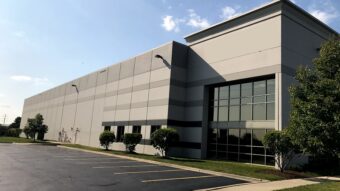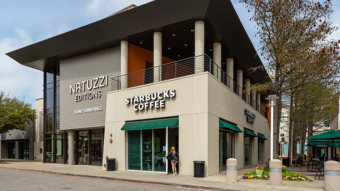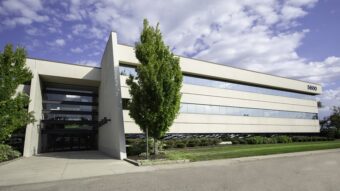E-commerce continues to drive the industrial market across the United States, forcing owners and occupiers to adapt to consumers’ increasing desires to order products one day and have them show up on their front porches in 48 hours.
That’s one of the key takeaways from Avison Young’s Spring 2016 North America and U.K. industrial market report.
According to the report, the industrial sector continues to operate in a position of strength in most U.S. markets, including key ones in the Midwest such as Chicago, Minneapolis, Columbus, Cleveland, Detroit and Indianapolis.
“The overall sense is that the industrial sector is in good shape,” said Mark Rose, chairman and chief executive officer of Avison Young. “While traditional manufacturing processes continue to make up a major portion of the sector, the market is responding to e-commerce and other innovations that are underway with new approaches.”
Rose said that demand is increasing for facilities in the Midwest that are located near highways and rail lines. Locations in the center of the country are key for companies that sell a significant amount of merchandise online; they can then ship their orders across the United States in the shortest amount of time possible.
According to Avison Young’s report, of the 51 industrial markets surveyed, vacancy declined in 38 markets and increased in only 12 during the 12-month period that ended on March 31 of this year.
Year-over-year vacancy rates fell in 31 of the 37 U.S. metropolitan regions surveyed.
“The outlook for the U.S. industrial sector remains positive after the United States had another year of sustained economic growth and lower energy prices,” said Earl Webb, president of U.S. operations for Avison Young. “The need for additional industrial development is evidenced by low single-digit vacancy levels and strong leasing fundamentals across all major industrial cities.”
Avison Young said that online retailers and logistics providers remain the primary drivers of demand in the industrial sector. Logistics users, including Amazon, continue to compete for distribution centers located closer to their consumers.
In the Midwest, the Chicago market absorbed 23.3 million square feet of industrial space during the previous four quarters, second in the country only to Los Angeles, which absorbed 27.5 million square feet.



